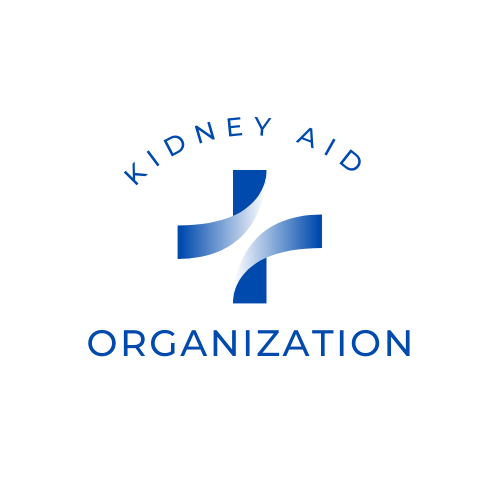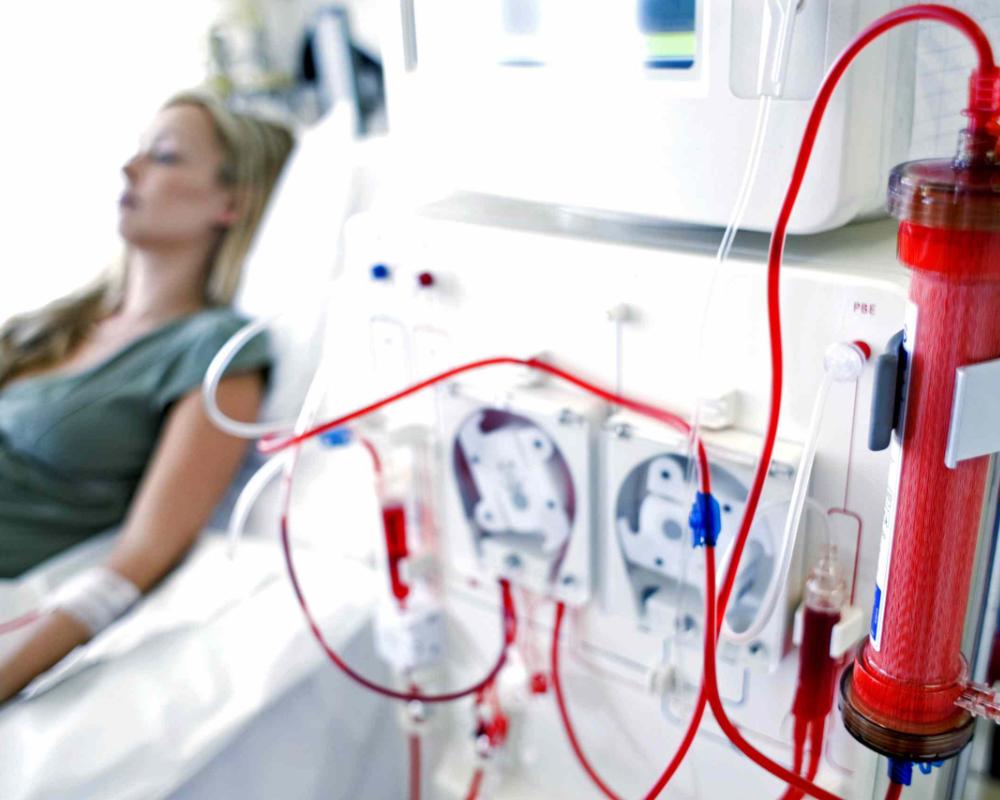Kidney disease is a silent yet pervasive health condition that affects millions of people worldwide. Often, it progresses without noticeable symptoms in its early stages, making it difficult to detect until it reaches more advanced levels. One of the most common questions people have about kidney disease is: What does the pain feel like? The answer is not straightforward, as kidney-related pain can vary widely depending on the underlying cause, the stage of the disease, and individual factors. In this blog, we’ll explore the nature of kidney pain, its causes, and how to recognize when it might be a sign of something more serious.
Understanding the Kidneys and Their Role
Before diving into the specifics of kidney pain, it’s important to understand the role of the kidneys in the body. These two bean-shaped organs, located just below the rib cage on either side of the spine, are responsible for filtering waste products, excess fluids, and toxins from the blood. They also help regulate blood pressure, balance electrolytes, and produce hormones that support red blood cell production and bone health. When the kidneys are damaged or diseased, their ability to perform these vital functions is compromised. This can lead to a buildup of waste in the body, fluid retention, and a host of other complications. Pain is one of the ways the body signals that something is wrong, but kidney pain can be tricky to identify because it often mimics pain from other areas, such as the back or abdomen.What Does Kidney Pain Feel Like?
Kidney pain, also known as renal pain, is typically felt in the flank area—the sides of the body between the lower ribs and the hips. It can occur on one or both sides, depending on whether one or both kidneys are affected. The sensation of kidney pain can vary, but it is often described as:- Dull and Aching: Many people with kidney disease report a persistent, dull ache in the lower back or sides. This type of pain is often subtle and may come and go, making it easy to mistake for muscle strain or general back pain.
- Sharp and Stabbing: In some cases, kidney pain can be sharp and intense, especially if it’s caused by a kidney stone or infection. This type of pain may radiate to the lower abdomen, groin, or thighs.
- Pressure or Fullness: Some individuals describe a feeling of pressure or fullness in the flank area, as if the kidneys are swollen or enlarged.
- Pain During Urination: If kidney pain is accompanied by a burning sensation or discomfort during urination, it could indicate a urinary tract infection (UTI) or kidney infection (pyelonephritis).
Common Causes of Kidney Pain
Kidney pain can stem from a variety of conditions, each with its own unique characteristics. Some of the most common causes include:- Kidney Stones: These hard deposits of minerals and salts can form in the kidneys and cause severe pain when they move through the urinary tract. The pain is often described as sharp and cramping, and it may come in waves.
- Kidney Infections (Pyelonephritis): A bacterial infection in the kidneys can cause intense pain, fever, chills, and nausea. The pain is usually localized to one side and may be accompanied by cloudy or bloody urine.
- Polycystic Kidney Disease (PKD): This genetic disorder causes cysts to form in the kidneys, leading to enlargement and pain. The pain is often dull and persistent, and it may worsen over time as the cysts grow.
- Hydronephrosis: This condition occurs when urine builds up in the kidneys due to a blockage in the urinary tract. The resulting pressure can cause a dull ache or sharp pain in the flank area.
- Kidney Cancer: While kidney cancer often doesn’t cause pain in its early stages, advanced cases may lead to a persistent ache or a lump in the flank area.
- Chronic Kidney Disease (CKD): In the later stages of CKD, pain may arise due to complications such as fluid retention, nerve damage, or bone disorders.
How to Differentiate Kidney Pain from Back Pain
One of the challenges of identifying kidney pain is distinguishing it from musculoskeletal back pain. Here are some key differences to keep in mind:- Location: Kidney pain is usually felt higher up in the back, just below the rib cage, whereas muscle-related back pain tends to occur lower down, near the lumbar region.
- Radiation: Kidney pain often radiates to other areas, such as the abdomen, groin, or thighs, while back pain typically stays localized.
- Associated Symptoms: Kidney pain is frequently accompanied by other symptoms, such as changes in urination (e.g., frequency, color, or odor), fever, nausea, or swelling in the legs and feet.
- Movement: Back pain often worsens with movement or certain activities, while kidney pain tends to remain constant regardless of body position.
When to Seek Medical Attention
If you experience persistent or severe pain in your flank area, it’s important to consult a healthcare professional. This is especially true if the pain is accompanied by any of the following symptoms:- Fever or chills
- Blood in the urine
- Difficulty urinating
- Swelling in the legs, ankles, or feet
- Fatigue or weakness
- Nausea or vomiting
Managing Kidney Pain and Supporting Kidney Health
If you’ve been diagnosed with kidney disease or are experiencing kidney pain, there are steps you can take to manage your symptoms and protect your kidney health:- Stay Hydrated: Drinking plenty of water helps flush out toxins and prevents the formation of kidney stones.
- Follow a Kidney-Friendly Diet: Limit your intake of sodium, potassium, and phosphorus, and focus on eating fresh fruits, vegetables, lean proteins, and whole grains.
- Manage Underlying Conditions: If you have diabetes, high blood pressure, or other conditions that can affect kidney function, work with your doctor to keep them under control.
- Avoid NSAIDs: Nonsteroidal anti-inflammatory drugs (NSAIDs) like ibuprofen can worsen kidney function, so opt for acetaminophen if you need pain relief.
- Exercise Regularly: Physical activity can help improve circulation, reduce blood pressure, and support overall kidney health.
- Monitor Your Symptoms: Keep track of any changes in your pain or other symptoms, and report them to your healthcare provider.
Conclusion: Listen to Your Body
Kidney pain is a complex and often misunderstood symptom that can signal a range of conditions, from minor infections to serious diseases. By understanding what kidney pain feels like and recognizing the associated symptoms, you can take proactive steps to protect your kidney health and seek timely medical care when needed. Remember, your kidneys play a vital role in your overall well-being, so it’s essential to listen to your body and address any concerns promptly. If you suspect that your pain may be related to your kidneys, don’t hesitate to reach out to a healthcare professional for guidance and support. Taking care of your kidneys today can help ensure a healthier tomorrow.
Are you tired of living under the shadow of kidney disease? Are you yearning for a life free from the shackles of dialysis, kidney failure, and the looming threat of kidney transplants? If so, you're in the right place at the right time. Imagine waking up every morning with boundless energy, feeling rejuvenated and ready to take on the day. Envision a life where your kidneys are functioning optimally, and you no longer dread the burdensome routines of dialysis sessions. The Kidney Disease Solution Program is here to turn that vision into reality for you.


